More sun and containers, or in the ground but less sun
Sandpaper Tongue
9 years ago
Related Stories

GARDENING GUIDESSmall Gem Lawns: More Impact From Less Grass
Instead of letting the lawn sprawl, make it a shapely design element in your yard. You’ll reap benefits both practical and aesthetic
Full Story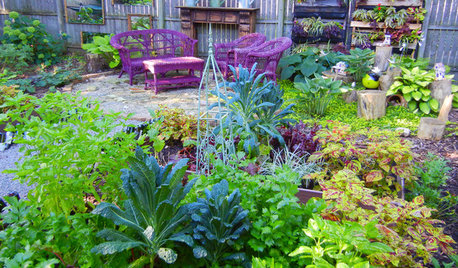
GARDENING GUIDESShades of Vegetable Gardens: Growing Edibles in Less Sun
See how one gardener produces a veritable feast of vegetables and herbs under a canopy of shade
Full Story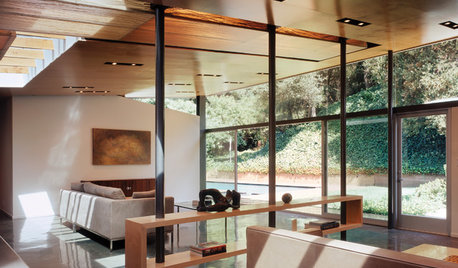
GREEN BUILDINGLook to the Sun for More of Your Home's Lighting
Manage sunlight with design-savvy windows, solar tubes and skylights to save energy and show your home's beauty
Full Story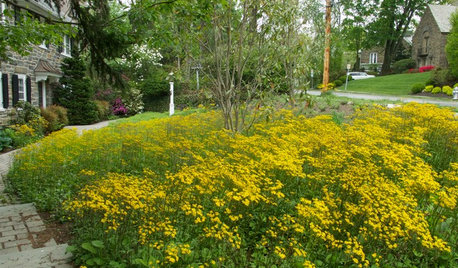
GARDENING GUIDESPackera Aurea Puts On a Springtime Show in Sun or Shade
This vigorous native ground cover welcomes bees with its early-blooming flowers and makes an attractive lawn alternative
Full Story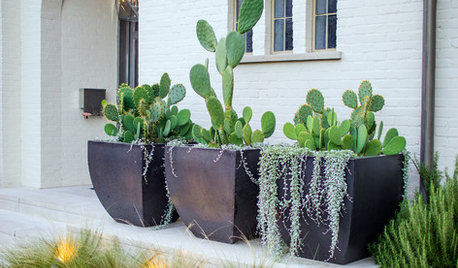
CONTAINER GARDENSCactus and Succulent Containers Are Ideal for Hot, Sunny Spots
Bring on the sun with these heat-loving succulent container gardens
Full Story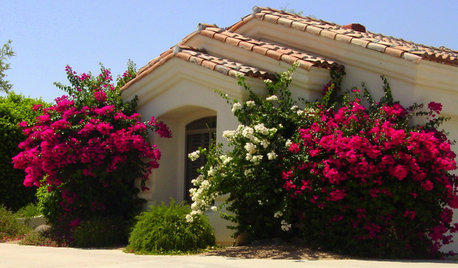
LANDSCAPE DESIGNGreat Design Plant: Sun-Loving Bougainvillea Showers Yards With Color
Bring unbeatable vibrancy to a garden or wall with this unfussy and trainable shrub packed with colorful bracts
Full Story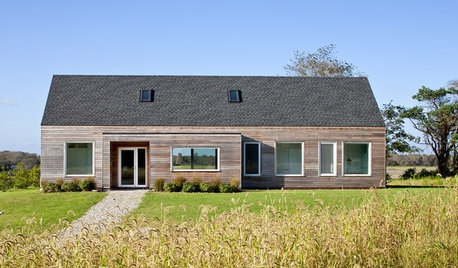
HOUZZ TOURSHouzz Tour: Bright, Sun-Warmed New England Getaway
Country views, flexible living space and a just-right size make for a soothing, comfortable family retreat
Full Story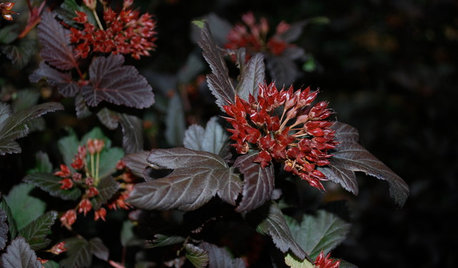
LANDSCAPE DESIGNGreat Design Plant: Sun-Loving Ninebark Puts on a Color Show
This tall, dark and handsome native shrub is equally at home in jeans and boots or in a suit and tie
Full Story
GARDENING GUIDES6 Native Ground Covers for Tough, Dry Spots
Sun beating down on your sandy gravel? Thick shade darkening your clay soil? There’s a ground cover here for you
Full Story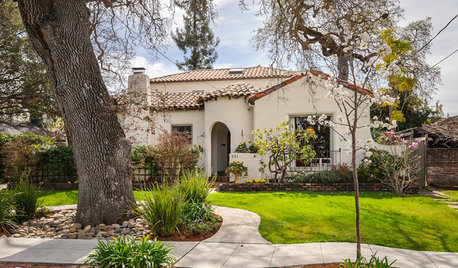
ARCHITECTURERoots of Style: Spanish Eclectic Homes Find a Place in the Sun
Flexible stucco, intricate tiles and more have kept this multicultural style going strong for a century
Full StorySponsored
More Discussions






DHLCAL
digdirt2
Related Professionals
Derry Landscape Architects & Landscape Designers · Elwood Landscape Architects & Landscape Designers · Boca Raton Landscape Contractors · Harrisburg Landscape Contractors · Lyndhurst Landscape Contractors · West Haverstraw Landscape Contractors · Golden Valley Landscape Contractors · Grand Junction General Contractors · Jamestown General Contractors · Muskogee General Contractors · Pico Rivera General Contractors · Redding General Contractors · Melvindale Stone, Pavers & Concrete · Palo Alto Decks, Patios & Outdoor Enclosures · Pueblo West Decks, Patios & Outdoor Enclosuresjohns.coastal.patio
seysonn
digdirt2
seysonn
DHLCAL
digdirt2
johns.coastal.patio
digdirt2
johns.coastal.patio
Mike
johns.coastal.patio
digdirt2
johns.coastal.patio
Mike
2ajsmama
seysonn
Mike
digdirt2
seysonn
johns.coastal.patio
seysonn
Mike
Sandpaper TongueOriginal Author
2ajsmama
digdirt2
seysonn
Mike